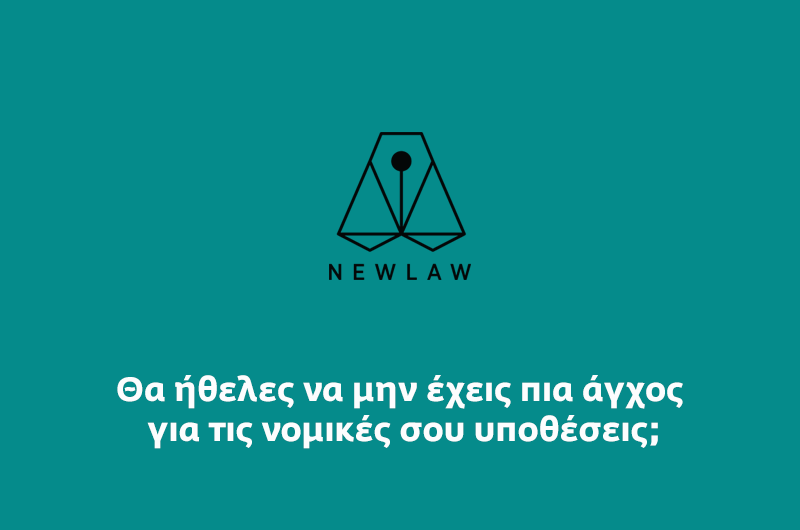

A unique sepulchral statue from the Greek colony of Cyrene Libya originating in 3d century B.C. constitutes a subject of dispute in a British courthouse. The statue is considered a product of illegal excavation, exported illegally from Libya in 2011; Libya is now interested in repatriating it.
The statue depicts a woman wearing a hooded garment full of folds and a snake-shaped bracelet on each hand, while holding a doll in her right hand. Judge John Zani of the Westminster Magistrates Court, accompanied by lawyers and legal councilors, inspected the statue which is now kept in the renowned British Museum and was informed about all the available data.
The statue was found in a West London warehouse by custom employees in 2011 and ended up two years later in the British Museum. Today the Museum awaits the Magistrates Court decision on the ownership regime of the statue. According to Peter Higgs, curator in the Department of Greek and Roman antiquities of the British Museum, the statue that probably depicts Persephone or the dead person herself seemed ‘fresh’ when it came to the Museum, i.e. ‘recently excavated’.

A unique sepulchral statue from the Greek colony of Cyrene Libya originating in 3d century B.C. constitutes a subject of dispute in a British courthouse. The statue is considered a product of illegal excavation, exported illegally from Libya in 2011; Libya is now interested in repatriating it.
The statue depicts a woman wearing a hooded garment full of folds and a snake-shaped bracelet on each hand, while holding a doll in her right hand. Judge John Zani of the Westminster Magistrates Court, accompanied by lawyers and legal councilors, inspected the statue which is now kept in the renowned British Museum and was informed about all the available data.
The statue was found in a West London warehouse by custom employees in 2011 and ended up two years later in the British Museum. Today the Museum awaits the Magistrates Court decision on the ownership regime of the statue. According to Peter Higgs, curator in the Department of Greek and Roman antiquities of the British Museum, the statue that probably depicts Persephone or the dead person herself seemed ‘fresh’ when it came to the Museum, i.e. ‘recently excavated’.











